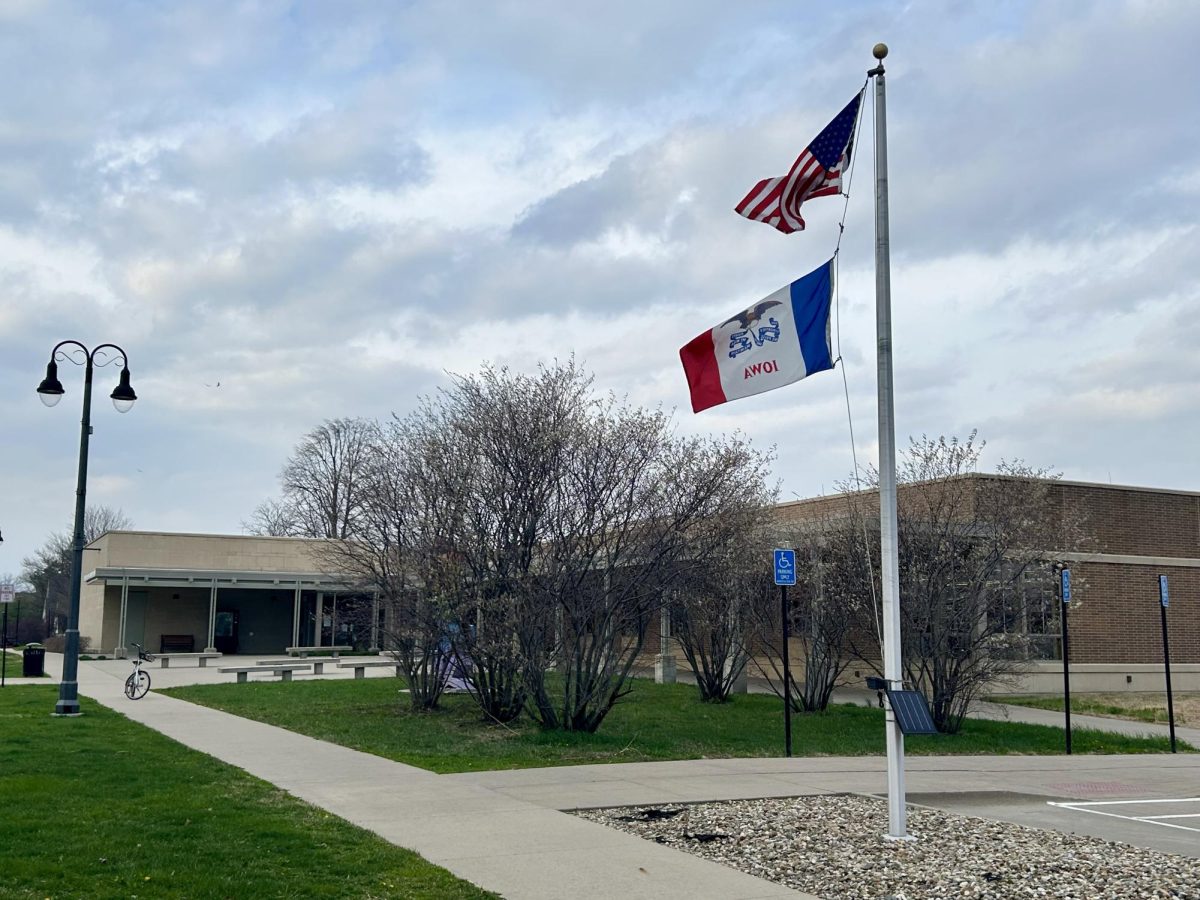For all intents and purposes, Grinnell is doing well economically. Unemployment has fallen steeply since 2009, resting now at 3.2 percent; median household income has steadily increased while the number of SNAP food assistance recipients has steadily decreased; and data from the U.S. Census Bureau indicates that the average weekly wage in Poweshiek County is $800.
Still, issues of workforce recruitment, workforce development and poverty persist, and both governmental and non-governmental organizations across Poweshiek County are working to alleviate these problems.
Recruiting Workers
For Grinnell, there are two main barriers to workforce recruitment: housing and childcare.
Providing housing for workers has been an ongoing issue in Grinnell, according to Grinnell mayor Dan Agnew, and the city has recently supported the creation of a new affordable housing development for “smaller homes, smaller lots, with the idea of getting people into a newer home that is not going to take a lot of initial upkeep, but be able to get into it at an affordable rate,” said Agnew.
In addition, a 2017 report from the Center for American Progress identified Poweshiek County as a childcare desert. To address childcare needs, the Chamber of Commerce surveyed Grinnell and surrounding areas in mid-2018 to better understand the issue. Since then, the Chamber has conducted informational meetings and assembled a steering committee to take further action.
According to Agnew, the above issues handicap Grinnell’s ability to attract new workers and its ability to encourage those workers to live in the City. But Agnew said that city government does not directly involve itself in addressing these problems, instead relying on groups like Poweshiek Iowa Development and the Chamber of Commerce to “[work] together and with the city … to create ways to help people.”
Agnew said he hopes that these projects will ultimately encourage those who work in Grinnell to live in Grinnell as well, rather than commute from city to city.
“They come in from Montezuma, Brooklyn, Malcolm, Newton, Marshalltown … We have a lot of people who commute into Grinnell who don’t live in Grinnell. If we had more affordable housing — if we had better childcare — maybe those people would live here,” Agnew said.
“If they work in this area we would love to have them live in Grinnell.”
Workforce Development
Iowa Governor Kim Reynolds, who won reelection in 2018, has put workforce development front and center in her 2019 legislative priorities. In her Condition of the State she touted Future Ready Iowa, an initiative developed by Reynolds’ predecessor and continued under her tenure that intends to provide education or training beyond high school to 70 percent of Iowa’s workforce by 2025.
Low unemployment and slow population growth in Iowa have made it difficult for employers to find qualified workers, and both the Governor and the Iowa Chamber Alliance — a collection of Iowa’s largest Chamber’s of Commerce — have supported workforce development policies like Future Ready Iowa that train workers, as well as policies that encourage migration into Iowa.
Workforce development is also an issue in Grinnell, where Agnew identified a “shortage” in manual labor jobs like mechanics and electricians.
“Every time you build a house you’ve got to wire it, you’ve got to put a furnace it, an air conditioner in it. Every time you buy a house, after so many years you’re going to have to replace some of those things … So we need some young people trained in those fields too.”
That training, he said, could be fulfilled in on-the-job training alongside experienced professionals, or in trade schools or community colleges like Iowa Valley Community College in Grinnell, which, Agnew said, the community is “extremely fortunate to have,” reinforcing the importance of training beyond high school.
Poverty
According to the U.S. Census Bureau, the median household income in Grinnell is $44,525, about $12,000 less than the median household income for the state of Iowa as a whole. Data collected by the Federal Reserve Bank of the United States indicates that while the percent of Iowans in poverty overall has declined since 2015, that number has risen from 10.4 percent in 2015 in Poweshiek County to 11.5 percent in 2017. In addition, a 2018 report released by United Way with a more liberal measure than that used by federal poverty level reported that about one in four Poweshiek County residents do not earn enough to afford a basic living.
That report, using a methodology entitled ALICE (Asset Limited, Income Constrained, Employed), constructed a basic budget based on every county’s cost of living, using aggregated data from various government sources. A single adult living in Poweshiek County must make $19,572 annually, or $9.79 an hour, to be above the ALICE threshold; a single parent with an infant child must make $31,656, or $15.83 an hour. Nearly 40 percent of Iowans live below the ALICE threshold, according to the report. In Grinnell, that number has reached 43 percent.
Agnew acknowledged the seriousness of poverty in Grinnell and Poweshiek County. “The concern is definitely there,” he said. “It does concern us that many of our
employees have to work two jobs … [and] we would still like to see [Grinnellians’ poverty] change to something much, much less.”
He argued, however, that it is not the City’s place to create policies to combat low wages.
“I would say that’s not part of our job. We would hope business and industry would look at their employees and want them to make a good, affordable wage.”
Looking Forward
When discussing Grinnell’s future, Agnew was optimistic, predicting that ten years from now, Grinnell will continue to grow in employment and population. Agnew said he believes projects like upgrading streets downtown, revitalizing Central Park, and repurposing the Veterans Memorial can only serve to draw more citizens into the Grinnell community. He also said that addressing future challenges will be a matter of “collaboration” between city government, businesses, organizations like the Chamber of Commerce and Poweshiek Iowa Development, and private citizens.
“I see Grinnell as still being sort of a catalyst in this part of Poweshiek County and even in part of Jasper County,” Agnew said.

























































